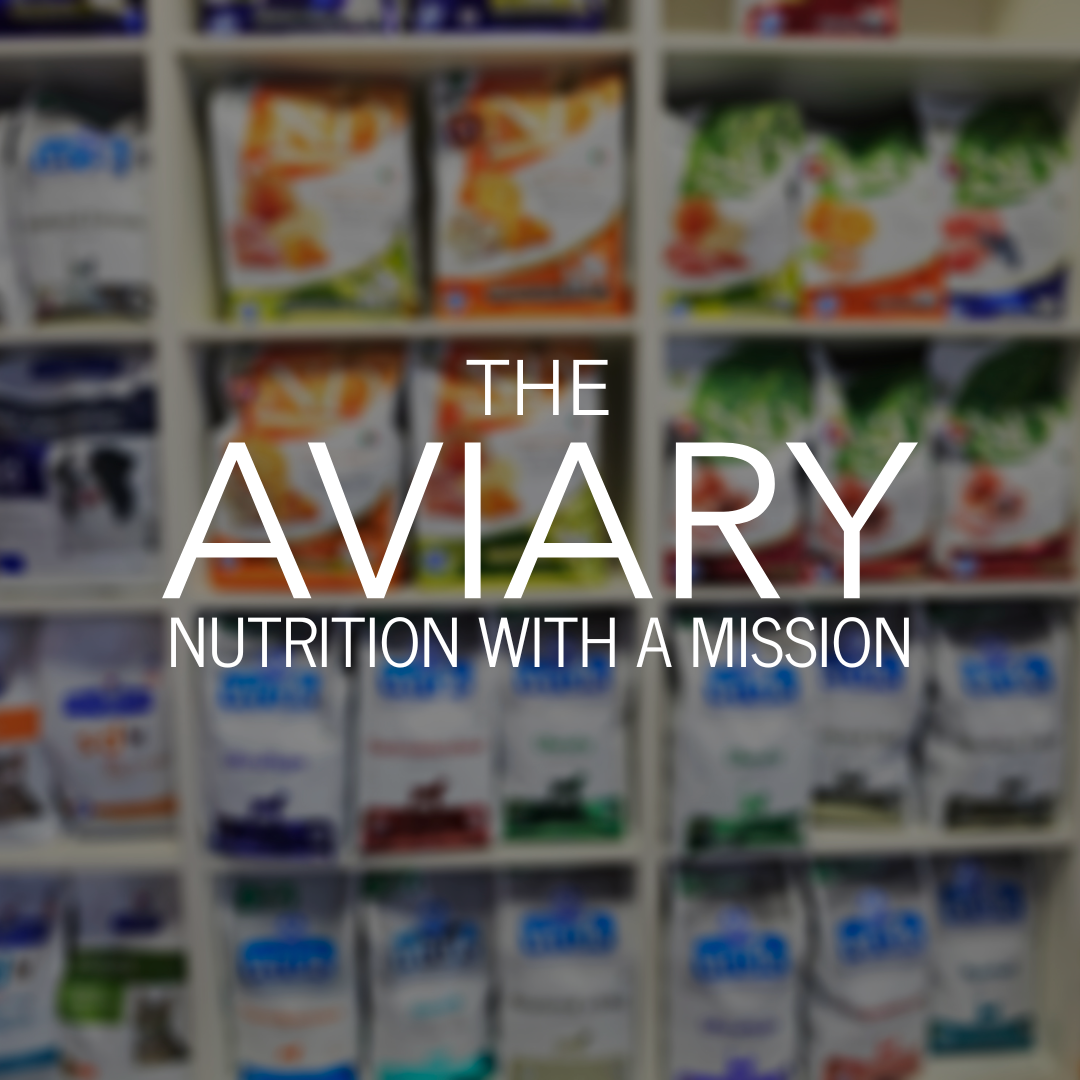
How to Use Bentonite Clay for Parrots: Easy Enrichment Ideas and Benefits
Bentonite clay might sound like something you'd find in a skincare aisle, but it’s also a fantastic natural supplement for parrots, one that mirrors behaviours seen in the wild. In places like the Amazon rainforest, wild parrots regularly visit clay licks to consume mineral-rich clay that helps detoxify their bodies and support gut health. Bentonite clay offers similar benefits in a domestic setting, and there are lots of simple (and even fun) ways to incorporate it into your bird’s life.
Why Use Bentonite Clay for Parrots?
Bentonite clay is known for its detoxifying properties. It binds to toxins, heavy metals, and bacteria in the gut and carries them out of the body. For parrots, this means improved digestion, reduced bacterial overgrowth, and a stronger immune system.
Benefits include:
- Natural detoxification
- Improved gut health
- A source of trace minerals
- Mimicking natural wild behaviours
- Supporting feather condition and overall wellbeing
5 Simple & Enriching Ways to Use Bentonite Clay for Your Parrot
Note: Avoid using metal utensils, clay can bind to metals. Stick with wood or plastic instead.
1. Sprinkle It on Fresh Food
One of the easiest ways to introduce bentonite clay into your bird's diet is to lightly sprinkle it over their morning chop, fruit, or soft foods. You only need a pinch, a little goes a long way and our 100g pots will last you a long time.
2. Add It to Drinking Water
Stir a small pinch of bentonite clay into your parrot’s water dish a few times a week. The water may look slightly cloudy, but it’s packed with benefits.
3. Make a Clay & Seed Lick Mat
This is a favourite here at The Aviary!
Use a food-grade silicone lick mat, the kind designed for dogs, and spread a layer of bentonite clay paste across the surface. Sprinkle over a handful of your bird’s favourite seeds or dry mix, then let it air-dry completely. Once hardened, hang it in the aviary or cage as a natural clay lick.
It encourages foraging, beak conditioning, and mimics wild clay lick behaviour!
4. Mix Into Soaked Pellets or Sprouted Seeds
If your parrot eats soaked or sprouted foods, you can mix a small amount of clay into the damp mixture. This sticks well and ensures they’re ingesting a bit of clay without even noticing.
5. Enrichment Treat Cubes
Freeze a mix of chopped veggies or mashed fruit with a pinch of bentonite clay and a bit of water into ice cube trays. Offer these on hot days or when your bird needs a boredom buster. Always supervise and check your bird is happy with the texture.
How Much Bentonite Clay to Use for Parrots
Start slow. A pinch (around 1/8 teaspoon) 2–3 times per week is enough for most parrots. Larger birds like macaws may benefit from a slightly larger amount, but always observe your bird and consult with an avian vet if unsure.
Reminder: Only ever use food-grade bentonite clay, like the one we stock at The Aviary. Never use sodium bentonite clay or clay meant for cosmetic or industrial purposes.
Bentonite clay is one of those rare, affordable additions to your parrot’s diet that brings both health benefits and enrichment opportunities. It’s a beautiful way to reconnect your bird with their natural instincts, even in a domestic setting.
Whether you sprinkle it over food, stir it into water, or create your own clay lick mat, you’re helping your parrot thrive inside and out.
FAQ: Bentonite Clay for Parrots
Is bentonite clay safe for parrots?
Yes, high-grade calcium bentonite clay is safe for parrots in small amounts. It mimics the natural behaviour of wild parrots visiting clay licks and provides detoxification and gut health benefits. Never use sodium bentonite or clay meant for cosmetics or industry.
What are the benefits of bentonite clay for parrots?
Bentonite clay binds to toxins and bacteria in the gut, supports digestion, improves feather and skin condition, provides trace minerals, and mimics natural wild behaviours like clay-licking.
How much bentonite clay should I give my parrot?
Start with a pinch (around 1/8 teaspoon) 2–3 times per week. Larger parrots like macaws may enjoy slightly more, but it’s best to observe your bird and consult an avian vet for guidance.
How can I give my parrot bentonite clay?
You can sprinkle it on fresh food, mix it into soaked pellets or sprouted seeds, add it to drinking water, create enrichment activities like clay lick mats or frozen veggie cubes or even put it in a spray bottle with water for your bird to bathe in.
Can all parrot species have bentonite clay?
Yes, all species can benefit when it’s used in moderation. From small budgies and cockatiels to larger macaws and African Greys, clay can support digestive and overall health.
Why shouldn’t I use metal with bentonite clay?
Bentonite clay can bind to metals, reducing its effectiveness. Always use plastic, wood, or silicone utensils instead of metal when preparing it for your bird.
